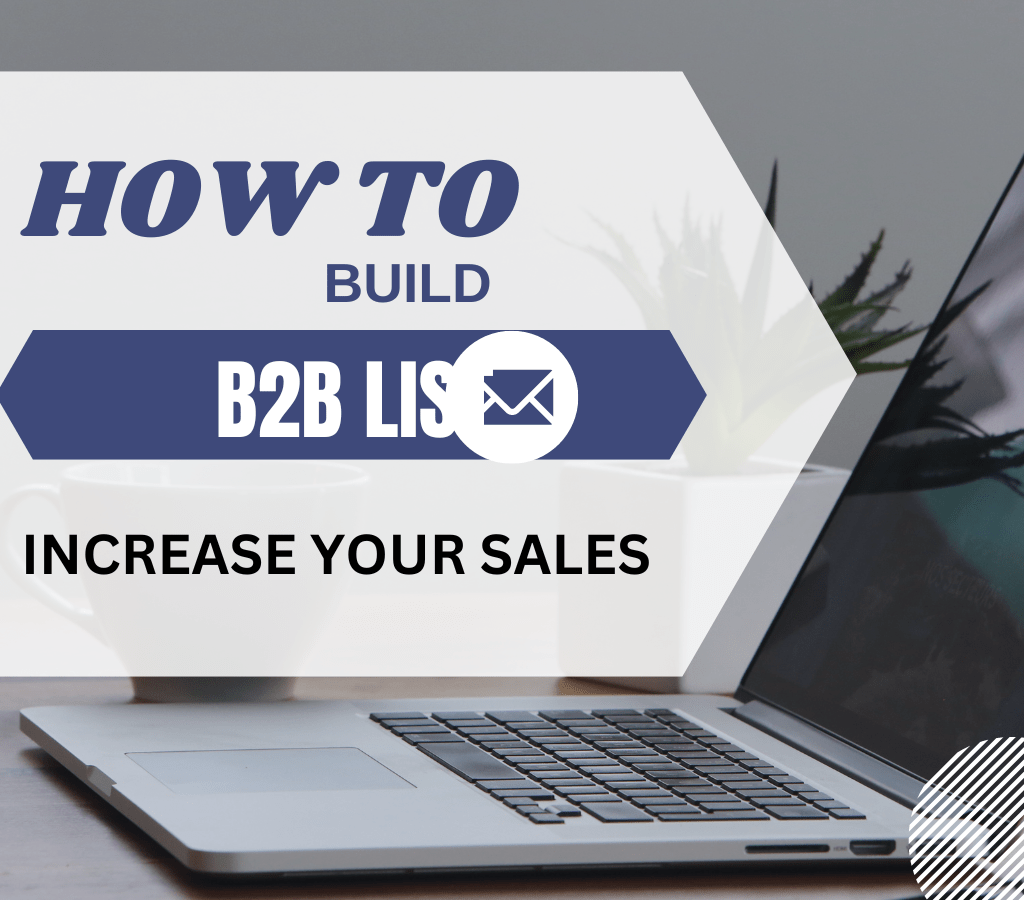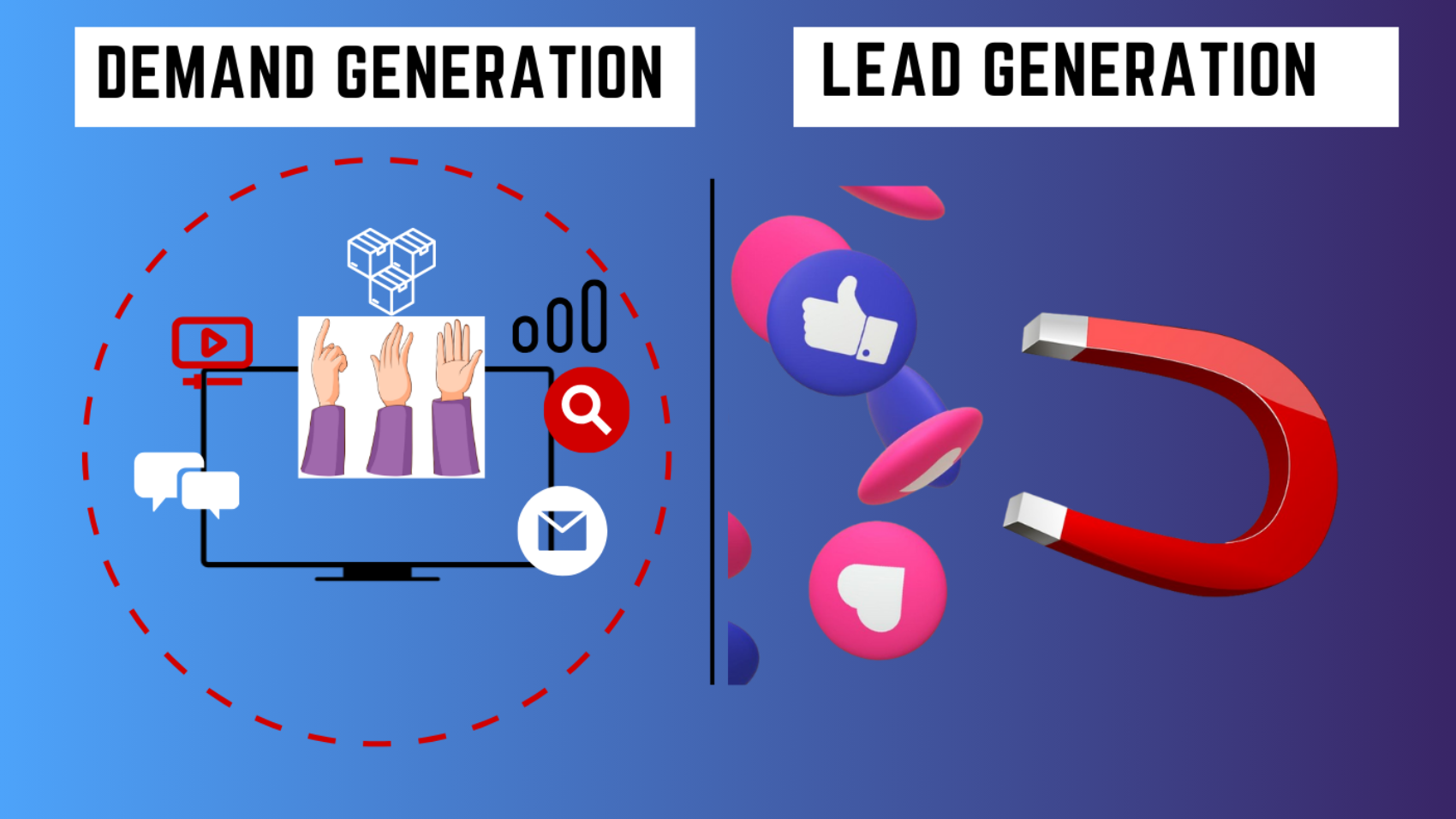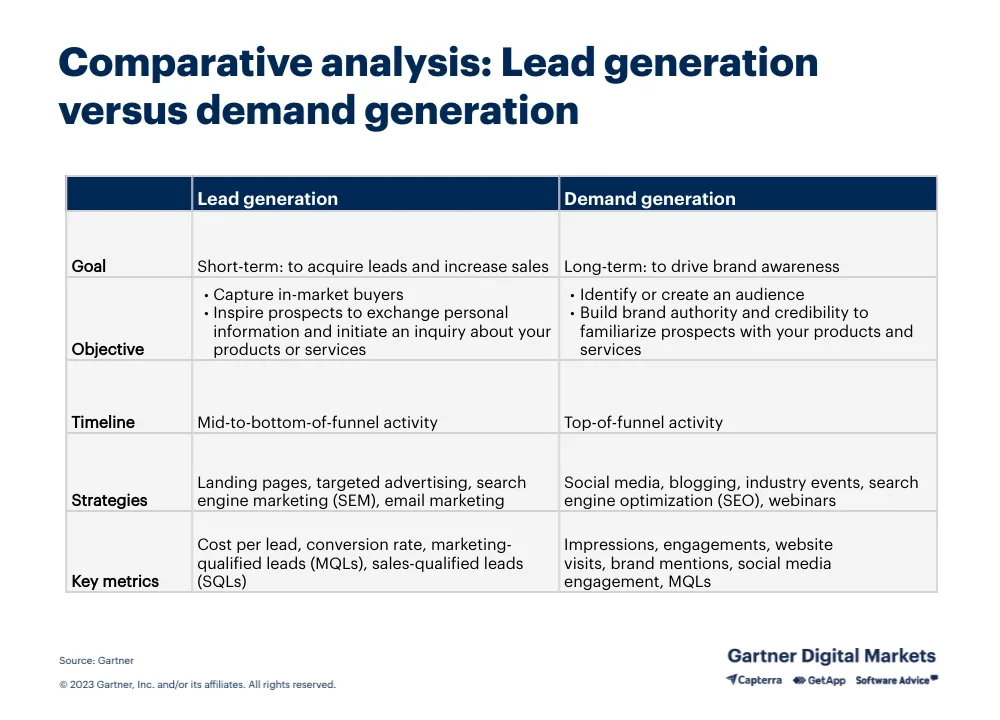Understanding Lead Generation
A lead is someone who has expressed interest in a company’s products or services. Lead generation involves capturing the attention of these prospects and nurturing their interest, with the ultimate goal of converting them into customers. Without leads, growing a company’s customer base and revenue is difficult.
Effective lead generation enhances your brand’s visibility, establishes credibility, and builds trust with potential customers. By drawing in more interested prospects, it boosts the chances of conversions. In short, generating more leads provides more opportunities for increasing your revenue.
What is Local Lead Generation?
Local lead generation involves attracting and converting potential customers within a specific geographic area into leads for your business. This process targets local prospects to turn them into paying customers, thereby boosting your brand’s presence and trust in the local community. This approach is vital for businesses that depend on local customers, as it increases both foot traffic and online engagement, ultimately leading to higher local sales and revenue.
Get Services & grow your bussines: B2B Lead Generation Services With Valid Emails To Drive Business Growth
Top Channels for Local Lead Generation
1. Local SEO
This is the key to gaining visibility in local search results. When someone looks up “best cafe near me” or “best auto repair shop near me,” you want your business to show up. Local SEO should be your top priority for local lead generation because it’s cost-effective and works really well in specific areas.
To get started, create a Google My Business listing with your company’s details, images, and customer reviews.
To maximize this channel’s effectiveness, keep your Google My Business page updated, get listed in local directories, and optimize your website with local search terms. Your main goal is to ensure your business appears at the top, or at least in the top three, of local search results relevant to your industry

2. PPC Advertising
PPC ads, like Google Ads, can be a game-changer. You can target specific locations, ensuring your ads reach people in your area who are searching for your products or services. Unlike SEO, PPC ads can generate leads quickly, which is great if you’re just starting out and need to compete with established businesses. If you’ve got the budget, Google Ads are worth trying.
3. Meta Ads (Facebook and Instagram)
Facebook and Instagram ads let you target specific demographics in your local area. People might not be actively searching for your product on social media, but with well-targeted ads based on interests and behaviors, you can reach the right audience. Keep an eye on your return on investment (ROI) and make sure these ads are bringing in new customers.
4. Cold Email Campaigns
Cold emails might seem old school, but they can still be very effective. The key is making them personal and relevant. Reach out to people who would likely be interested in what you offer and provide real value in your emails.
Related: Get Clean and Valid Email Lists
5. Direct Mail Marketing
In today’s digital world, a well-crafted piece of direct mail can stand out. It’s something tangible that can catch the eye among bills and junk mail. Tailor your message to your local community and make it something that grabs attention.
6. SMS Marketing
Text messages have a high open rate, making SMS marketing a great tool. Send special offers, updates, or reminders to your local audience. It’s direct, personal, and can lead to quick responses. Following up your texts with phone calls can improve your campaign’s effectiveness.
7. Social Media Outreach
Get involved with your local community on social media. Share local news, join community discussions, and stay up-to-date on local trends. Building relationships and staying top of mind is key. Find out where your audience is—whether it’s Facebook, Instagram, or LinkedIn—and engage with them there.
8. Engaging in Local Forums
Platforms like Next door or local Facebook groups are perfect for connecting with your community. Join discussions, offer helpful advice, and promote your business when appropriate. These forums are great for building trust and making your presence known locally.
9. Participating in Local Events
Getting involved in local events or sponsoring them is a great way to put your business in front of local people. Use banners and flyers to spread the word and engage with your community face-to-face. Offering free samples of your products or free consultations can attract people to your business.
Each of these channels has its own strengths and can be effective in different ways. The key is to understand your local market and tailor your approach to fit. By using a mix of these strategies, you can build a strong lead generation plan that captures the attention of your local audience and turns them into loyal customers.

Effective Lead Generation Ideas for Small Businesses
1. Implementing an SEO Strategy
Boost your website’s visibility on search engines by implementing an effective SEO strategy. Use relevant keywords, optimize your site’s structure, and create high-quality content that attracts and engages your target audience.
How to Do It
Start by researching keywords related to your business. Incorporate these keywords into your website content, meta descriptions, and titles. Ensure your website is mobile-friendly and has a fast loading time. Regularly update your blog with valuable information that addresses the needs and interests of your audience.
2. Direct Engagement with Customers
Engage directly with your customers through face-to-face interactions, phone calls, or personalized emails. Building personal relationships helps you understand their needs better and fosters loyalty.
3. Asking for Referrals
Encourage your satisfied customers to refer friends and family to your business. You can offer incentives like discounts or freebies to motivate them. Personal recommendations are powerful and can significantly boost your customer base.
4. Email Marketing Campaigns
Create targeted email marketing campaigns to keep your audience informed and engaged. Share news, promotions, and valuable content. Personalized emails can nurture leads and convert them into loyal customers.
5. Leveraging LinkedIn
Use LinkedIn to network with other professionals and potential customers. Share industry insights, join relevant groups, and engage with your connections. LinkedIn is a great platform for B2B lead generation.
6. Being Active on Social Media
Maintain an active presence on social media platforms where your audience spends time. Share engaging content, respond to comments, and participate in conversations. Social media is a powerful tool for building brand awareness and generating leads.
7. Conducting Customer Care Calls
Reach out to your customers through care calls to check in and gather feedback. This shows you value their opinion and can help you identify areas for improvement. Happy customers are more likely to become repeat customers and refer others.
8. Building a Community Around Your Business
Create a community around your business by hosting events, starting a forum, or creating a social media group. Engage with your community regularly and provide value through exclusive content and offers.
9. Writing Blogs and Guest Posts
Write informative and engaging blog posts related to your industry. Guest post on other relevant blogs to reach a wider audience. This positions you as an expert in your field and drives traffic to your website.
10. Adding Creative Flair to Your Business
Stand out from the competition by adding a creative touch to your marketing efforts. Use unique visuals, catchy slogans, and innovative campaigns to attract attention and generate interest in your business.
11. Bonus Tip: Offering Free Trials
Offer free trials of your products or services to potential customers.
Getting Started with Local Lead Generation
1. Understanding Lead Generation Laws
Before you dive into lead generation, it’s crucial to understand the laws and regulations that apply. Familiarize yourself with GDPR, CAN-SPAM, and other relevant guidelines to ensure your marketing efforts are compliant. This will help you avoid legal issues and build trust with your audience.
2. Knowing Your Audience
To effectively generate leads, you need to know who your target audience is. Conduct market research to understand their demographics, interests, and pain points. This information will help you tailor your marketing messages and choose the right platforms to reach them.
3. Selecting a Target Offer and Lead Magnet
Your offer is what attracts potential customers to your business. It could be a discount, a free trial, or an exclusive piece of content. Choose a lead magnet that provides real value to your audience and aligns with their needs and interests. This will encourage them to share their contact information with you.
4. Choosing Your Platforms
Not all marketing platforms will be effective for your business. Based on your audience research, select the platforms where your potential customers are most active. This could include social media, email marketing, local directories, or even community forums.
5. Selecting Your Tools
To streamline your lead generation efforts, choose the right tools. These might include email marketing software, CRM systems, social media management tools, and analytics platforms. The right tools can help you manage your campaigns more efficiently and track your results accurately.
Conclusion
Starting with local lead generation can significantly boost your business by attracting and converting potential customers within your community.
First, ensure you understand the lead generation laws to maintain compliance and build trust. Knowing your audience is crucial; it helps tailor your marketing messages and choose the most effective platforms. Crafting a compelling target offer and lead magnet will draw in potential customers, offering them value in exchange for their contact information.
Choose the right platforms where your audience is most active, whether it’s social media, email, or local directories. Finally, select the appropriate tools to manage and optimize your lead generation efforts efficiently.
By following these steps, you can create a robust local lead generation strategy that not only increases your visibility but also builds lasting relationships with your local community, ultimately driving growth and revenue for your business.
Related: B2B List Building: How to Generate Contact and Sales




